
India’s Internet Economy To Touch $1 Tn By 2030
According to official reports, the country’s internet economy rose by more than 50% year-on-year (YoY) in 2021, increasing internet penetration, high-speed internet, exploding online shopping, and advanced digital content consumption.
While Covid wreaked havoc on the Indian economy, it did so disproportionately in the crucial internet sectors of e-health, food tech, and online mobility, to name a few. These sectors re-emerged significantly stronger, according to the research, and shocked everyone with their post-Covid rebound.’ According to the research, this was fueled by a growing and maturing user base.
“India’s road to a $1 trillion consumer internet economy has been a unique story of several internet sectors…coming together to form a strong basis for a consumption-led economy,” RedSeer CEO Anil Kumar recently noted. “The continued move from digital-first to digital-forward was a result of several internet sectors showing tremendous momentum following COVID,” he added.
The report also highlights the Indian population’s compartmentalization about the internet boom. According to the report, the first sector consists of 80-100 million people who earn more than $12K per year and expect high-quality services.
The second cohort consists of 100-200 million price-conscious Indians with an annual income of $5K-12K.
According to RedSeer, the third sector includes 400-500 million rural populations and Tier 2 cities with annual incomes of less than $5,000. This, according to the reports, is the largest and most challenging group to target.
According to RedSeer, numerous vernacular first applications have targeted the third group with their services and have been able to tap into a sizable Total Available Market (TAM). In addition, omnichannel techniques and verticalized super applications are being used to suit this audience’s needs better.
In 2021, the Indian startup sector had a banner year, with 1,583 deals signed and more than $42 billion raised by entrepreneurs. In addition, 42 more unicorns were created last year, bringing the total number of unicorns to 84.
Every nine days, a new unicorn appears: In 2021, India will see a new unicorn startup every nine days, bringing the overall number of unicorns to 84.
In addition, 11 Indian businesses have gone public, indicating a generally good outlook for Indian startups. In 2021, the number of unique investors increased by about 123 per cent, from 1,114 to 2,487 in the previous year.
The analysis highlights the Indian market’s general favourable sentiment and the country’s burgeoning online economy. If companies can capitalize on this momentum with ground-breaking innovation, the future looks bright.
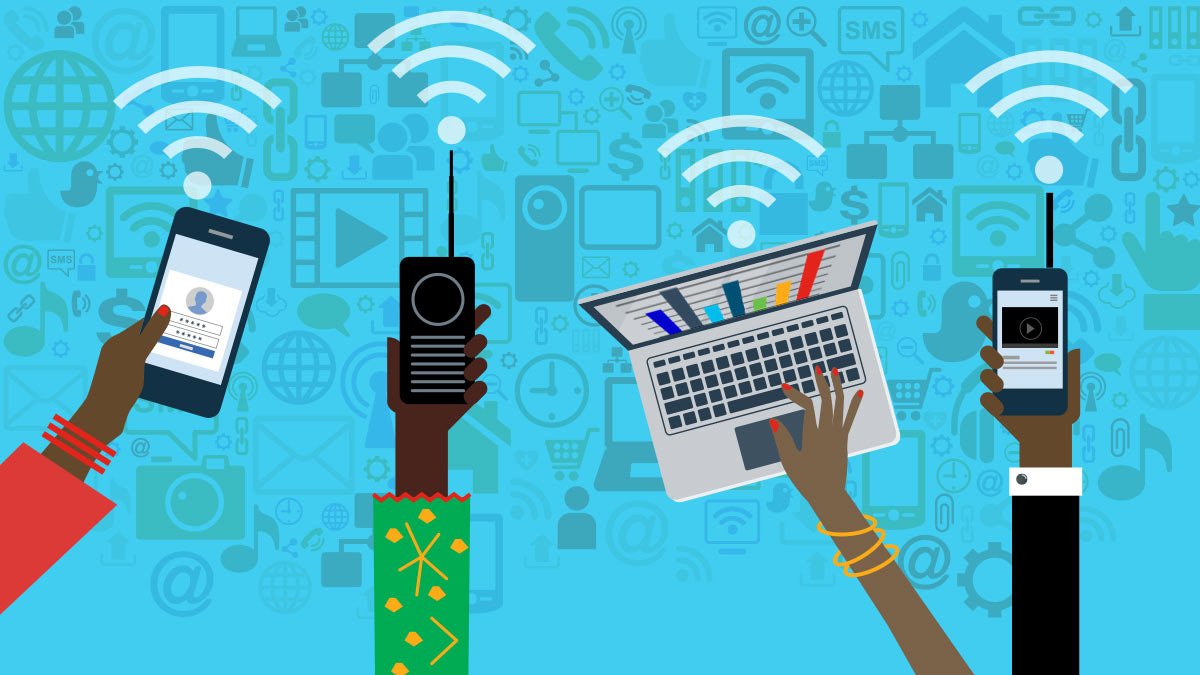
The economic impact of the Internet in India
According to Thomas Friedman, the acclaimed author of The Planet Is Flat, the Internet, one of the spectacular innovations roughly 30 years ago, has flattened the world. The internet first became available in India in 1995.
The widespread adoption of computerization of offices, including LAN connections, has increased the scale of businesses. Banks, healthcare, information technology, agriculture, logistics, state social welfare policies, and other industries have undergone significant technical advancements in the recent two decades.
According to research by ICRIER (Indian Council for Research on International Economic Relations) and Broadband India Forum, the internet contributed 5.6 per cent to India’s GDP in 2015-16.
By 2020, this contribution had increased to 16%, with apps accounting for 8% of the total. In 2020, the Internet economy might contribute up to $537.4 billion to India’s GDP, with apps accounting for at least $270.9 billion of that. Apps were responsible for 70% of all mobile traffic.
According to a World Bank study, every ten per cent increase in broadband coverage enhances GDP growth in developing nations by 1.38 per cent. According to McKinsey & Company, a ten per cent increase in broadband home penetration boosts a country’s GDP by.1% to 1.4 per cent. According to Booz & Company, a 10% increase in broadband penetration in a given year is associated with a 1.5 per cent increase in labour productivity growth over the next five years.
A 10% increase in worldwide internet traffic results in a 1.3 per cent increase in global GDP on average. An increase of 10% in global mobile internet traffic would result in 0.7 per cent in global GDP.
Regulation is changing worldwide to strike the correct balance between safeguarding consumer and commercial interests while fostering innovation. According to analysis from consultancy firm RedSeer, the overall India Internet gross merchandise value (GMV) rose to $65 billion in 2020 and is now having a significant impact on the overall economy, accounting for over 4.6 per cent of total private consumption.
In 2021, India’s Internet was predicted to reach triple-digit GMV for the first time, and by 2025, it would be worth $250 billion and account for 10% of private consumption.
Online-first firms in India now have a 30% share of the e-commerce market, expected to expand to 45 per cent by 2025.
Much of India’s e-commerce growth is now driven by direct-to-consumer (D2C) and digitally native brands (DNB).

Let’s look at the increasing number of internet users in India
- In 2020, India will have 504 million active Internet users.
- 433 million Internet users are over the age of 12, while 71 million are between the ages of 5 and 11, who use their family members’ gadgets to access the Internet.
- Daily Internet users account for over 70% of India’s active Internet population.
- 9 out of 10 people use the Internet at least once a week in urban India. There have been 30 million new users in rural India who have accessed the internet daily since March 2019.
- With improved connectivity, quality of service, and affordability of mobile Internet, rural users may be more likely to spend more time online in the future.
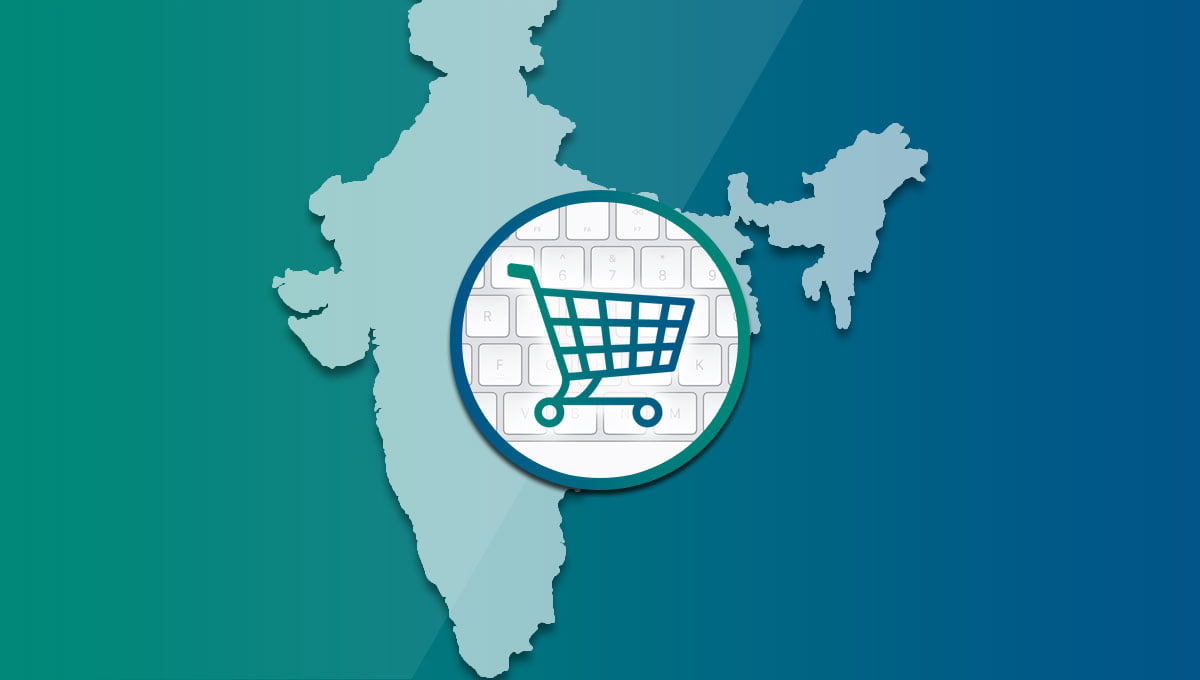
Take a look at India’s eCommerce boom
India’s online retail development lagged behind the United States and China despite fast recovering from the lockout. A different story could be written in 2021. According to Forrester Research, eCommerce sales are expected to rise by only 7-8 per cent in 2020, compared to nearly 20% in China and the United States. Their governments made full use of contactless buying options to prop up the economy even while enforcing shutdowns to combat the Covid-19 outbreak.
For the calendar year, the gross sales of the eCommerce industry are anticipated to be around $33 billion. New online shoppers, established shoppers buying more food and groceries, and mature shoppers shifting their expenditure to online platforms boosted the sector. The segments projected to see the most action in 2021 include online groceries, e-pharmacy, and social commerce. While Reliance Industries’ foray into the online grocery sector with Jio Mart ignited a frenzy, consolidation in the e-pharmacy market is also expected to fuel competition.
Innovating even more Super apps – mobile applications that combine several services within a single app – will become more prevalent in 2021. For example, China’s WeChat began as an instant messaging app but swiftly expanded to include payments, retail, meal ordering, cab-hailing, and other services, transforming it into a super app.
WhatsApp, the instant messaging network that has enabled payments and other eCommerce capabilities like a product cart, is on its way to becoming a credible super app. In 2021, investments in categories including online groceries and social commerce will continue to expand.

Let’s talk about the rise of online entrepreneurs in India next.
According to the Internet, India’s internet startup leaders, which operate businesses ranging from food delivery to e-commerce to online insurance, are on the verge of being listed, with a total worth of $ 180 billion by 2025.
As India’s internet economy grows in size and maturity, new value and investment opportunities emerge. According to HSBC Global Research, more than $ 60 billion has been invested in India’s internet startups in the last five years, with over $ 12 billion in 2020 alone.
By 2025, the whole sector value (excluding Fintech) will reach $ 180 billion. Many of these industry heavyweights are on the verge of going public, with operations ranging from food delivery to e-commerce to online insurance.
Amazon and Flipkart already control more than 80% of the market but continually changing the competitive landscape. Reliance Jio, for example, is poised to become a major competitor, alongside a slew of vertical e-commerce businesses and hundreds of brands that are now delivering directly to consumers.
Groceries account for 48% of retail spending in India, compared to 15% in China and 10% in the United States.
With a market size of $ 48 billion by 2025, ed-tech is the second-largest opportunity. It is one of the most profitable segments and has one of the largest total addressable markets, notwithstanding its fragmentation.
PolicyBazaar is expected to continue its position in the online insurance sector for the foreseeable future. Meanwhile, ride-sharing confronts substantial hurdles, travel is the most penetrated industry, and hotels remain an unexplored possibility. The survey also noted that ride-sharing has decreased by 40% since the outbreak. Most internet sub-segments are driven by mobile penetration, demography, consumer awareness, and convenience.
To summarize, the internet has improved people’s lives, whether businesses, consumers, or technocrats. Economic growth, productivity, efficiency, scale, precision, profitability, markets, utility, and jobs have all increased due to it, and time, energy, and money spent on things have all decreased. Artificial intelligence, machine learning, the Internet of Things, cloud computing, and a slew of other revolutionary inventions are all likely to improve people’s lives in the future.
 Internet usage in India – statistics & facts
Internet usage in India – statistics & facts
With over 560 million internet users, India is the world’s second-largest online market, after only China. By 2023, it is expected that the country will have over 650 million internet users. Despite the enormous number of internet users, the country’s internet penetration rate was estimated to be around 50% in 2020. In that year, over half of India’s 1.37 billion people have access to the internet. Compared to just five years ago, when the internet penetration rate was around 27%, there has been a steady increase in online accessibility.
The digital population of India
However, internet availability and use in the country varied greatly depending on gender and socioeconomic status characteristics. There are expected to be over 300 million internet users in rural India by 2020, compared to 335 million in metropolitan India. However, it’s worth noting that most Indian internet users were between the ages of 20 and 29, with a somewhat higher proportion hailing from rural areas. At the same time, male internet users outnumbered female internet users. Compared to major metros, the digital gender gap widened even more in the rural hinterlands.
The bulk of India’s digital populace used their mobile phones to access the internet. By 2023, mobile internet user penetration is predicted to reach more than 35% or around 500 million people. Increased availability of low-cost data plans and various government initiatives under the Digital India campaign combined to make mobile the country’s primary internet access. In 2019, 4G networks were the most extensively used in urban and rural India.
In comparison to the rest of the globe, India has many internet users. India’s love of social media is one of its features with other worldwide internet users. In terms of time spent on cellphones, the country flourishes on social media usage. Furthermore, by 2023, the percentage of Indians who use social media is predicted to increase to above 31%. The most popular and used social networking site in the country was Facebook. In reality, as of 2021, India had the most extensive Facebook user base globally, with around 340 million members.

How the internet kept India moving despite the pandemic
The year 2020 is almost over, and by all accounts, it was a watershed moment, pushing changes that no one could have predicted. It was also the year in which we were more reliant on our internet connections than ever before, whether for our everyday work, education, pleasure, or even to attend weddings. Network speeds have remained resilient in the new normal despite the difficulties and disruptions.
The strain on the networks was evident when the pandemic initially started in March and April. In April, Ookla, known for its SpeedTest, discovered that fixed and mobile broadband networks worldwide were experiencing a drop. Despite the adjustments, the networks had made a healthy recovery by the second half of the year and, in many cases, were performing even better.
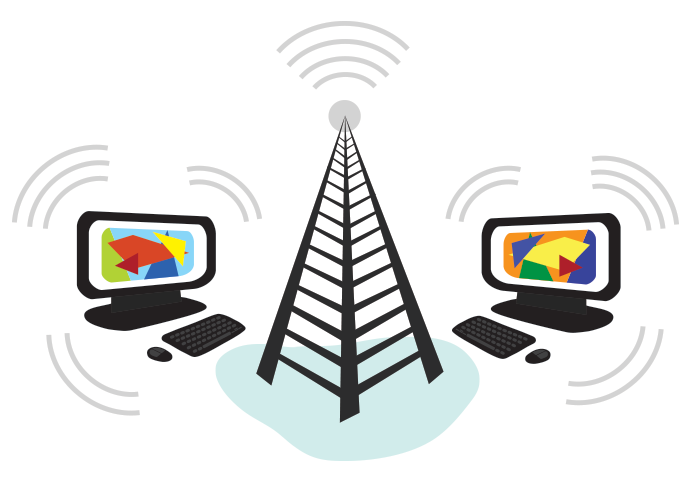
Internet speeds: The numbers in India
According to Ookla’s data, India’s fixed and mobile broadband download speeds dropped around March 23. This was also when several cities began to be placed under lockdown, and by March 25, the entire country had been placed under lockdown.
The average download speed for mobile broadband during the week of March 23 to 29 was 8.57 Mbps. In the same week, fixed download average speeds were 32.88 Mbps. The concern over speeds was genuine during lockdowns for many consumers.
During March and April, Ookla experienced a significant increase in the number of tests taken worldwide, including in India. People were particularly interested in the performance of their internet connection in a way that hadn’t been witnessed previously, according to Adriane Blum, VP of Communications at Ookla. “During the early days of the stay-at-home orders, this surge in tests was very high,” she continued.
However, by the middle of July, the recovery had begun. Mobile broadband average download rates had risen to 12.15 Mbps by the week of July 13. According to Ookla, India’s fixed broadband download speeds averaged up to 40 Mbps.
“We detected a minor drop in mobile and fixed average download speeds starting around the week of March 9, but that dip began to rebound in early April and had recovered to pre-pandemic levels by mid-summer in India,” she said.
According to the most recent data, India’s average download speeds on fixed broadband were 52.02 Mbps in November 2020, while mobile broadband was 13.15 Mbps. Both of these figures are up from the previous year’s figures.
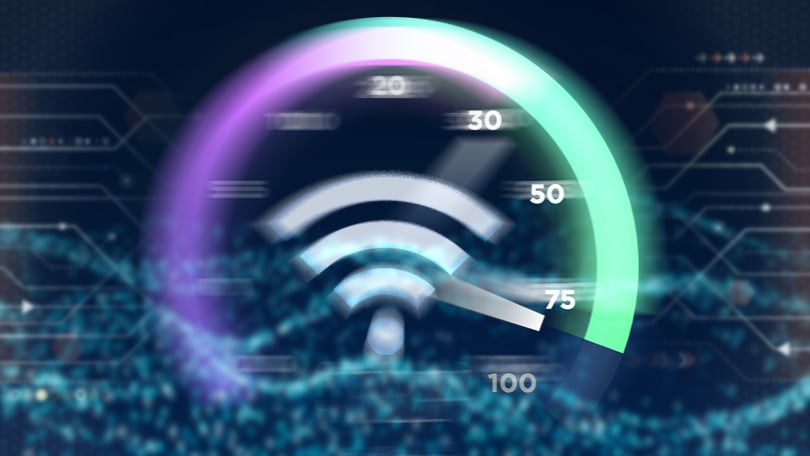
Data usage rises
There was a surge in data usage worldwide when the worldwide lockdowns first started in March and April. In reality, most major streaming and video websites, including Netflix, Amazon Prime Video, and YouTube, have announced intentions to lower their streaming rates to relieve some network load. On cellular networks in India, the players stated they would limit streaming to SD content at bitrates no greater than 480p.
In India, internet usage, particularly on mobile devices, rose exponentially in 2020. According to the latest Ericsson Mobility Report, India continues to have the greatest monthly smartphone usage. The average monthly data transfer per smartphone user climbed from 13.5GB in 2019 to 15.7GB in 2020. According to Ericsson research, the global average is approximately 9.4GB. Video traffic continues to be the primary source of mobile data traffic.
But it wasn’t just about higher data consumption this year; network operators were caught off guard by a significant shift in user behaviour.
According to Nitin Bansal, Head of Network Solutions, South-East Asia, Oceania & India, the shift in user behaviour in India is evident.
“Traffic is moving away from the city centre and toward residential and suburban areas. The use of VoLTE and voice over Wi-Fi is also on the rise. In general, more Mbytes per user consumption can be observed – that is, larger data volume transmission with more bandwidth allowed per user,” he explained in an email to indianexpress.com.
Operators in India and other nations were taken off guard by the unexpected shift in customer behaviour. “What transpired was a dramatic shift in mobile user behaviour.” It took some time for the operators to become used to it. Then, as the year progressed, operators adapted to the new normal of how people utilized their networks, as Ian Fogg, VP Analysis at OpenSignal, said to indianexpress.com.
In Fogg’s opinion, the pandemic signalled a significant shift in the way data was consumed. He explained, “People were connecting during daylight hours from locations they wouldn’t ordinarily join from in pre-COVID days.” Furthermore, some users were likely using a fixed network more and thus relying on their mobile connectionless, while others were depending on their mobile connection “more than before.”
“The places where people spent their time were also different. That’s the kind of thing that took the operators a little longer to adjust to because they were set up for the regular pattern of where people were spending their time, what hour of the day they were working, and what data volume they were dealing with,” he added.

The video was the big driver
One significant development was the increased reliance on video, whether streaming or entertainment or real-time conversations. The latter experienced a substantial increase as more people required video for regular office meetings, education, and simply keeping in touch with loved ones.
Video quality was typically subpar because of the slowed speeds, but according to Fogg, things are improving in India.
“I believe we’ve seen gradual improvements in the video experience in India in the second half.” Obviously, there are regional disparities, but overall, the video quality experience has been improving, which is fantastic,” he noted.
He also noted that 2020 transformed group video communication from a purely “commercial activity” to a “consumer place for keeping in touch with friends, family, and relatives.” According to him, the trend is expected to continue until 2020. “People have become considerably more accustomed to video calling than they were previously,” he continued.
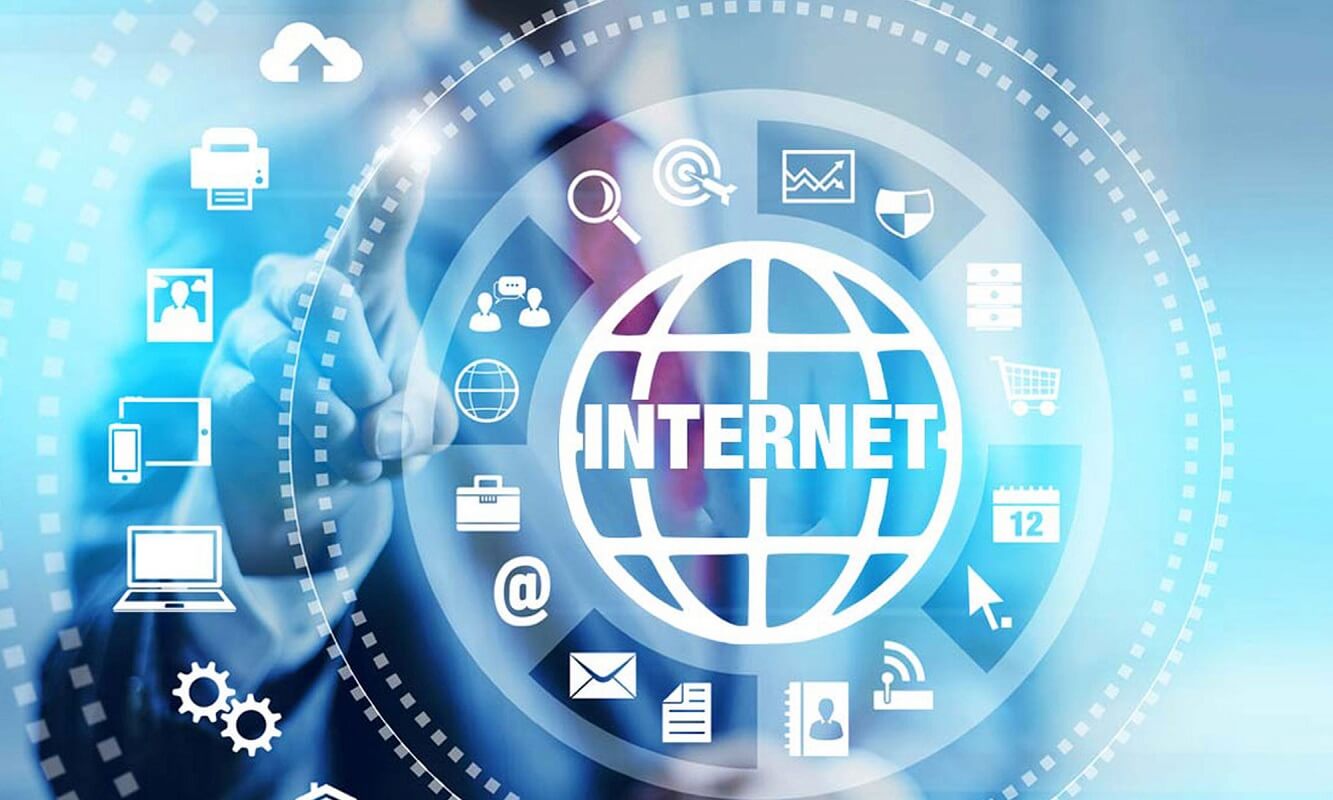
By 2025, India will have 900 million Internet users, according to an estimate.
According to a survey published by IAMAI and Kantar Research, India’s internet users are predicted to increase by 45 per cent from 622 million in 2020 to 900 million by 2025, rising at a CAGR of 45 per cent. According to the research, there were 323 million internet users in urban regions, accounting for 67 per cent of India’s urban population and representing a 2x increase over rural areas. In rural areas of the country, digital adoption increased by 13%, resulting in 299 million internet users in 2020, accounting for 31% of the country’s rural population.
“By 2025, the Indian market is likely to register a bigger number of rural internet users than urban internet users,” said Biswapriya Bhattacharjee, executive vice president, Kantar Research’s Insights Division. As a result, the digital ecosystem would need to fulfil the unique needs of rural internet users. Video, Voice, and Vernacular are three key areas that are projected to be game-changers.”
The average amount of time spent on the internet per day is 107 minutes. Small towns account for two out of every five Internet users in India. The top 9 metros in the country account for 33% of all active Internet users. Male internet users make up 58 per cent of the total, while females make up 42 per cent.
The primary growth engine for internet growth in India, according to the report, is the increased use of “mobile phones,” with individuals using the Internet for communication, entertainment, and social media.
Edited and published by Ashlyn Joy




